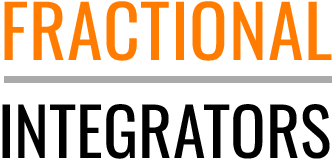As a former small business owner, I adopted the belief that there are only two, big “issues” that slow down the growth of your business–people issues and process issues. Either you have the wrong person sitting in that seat or someone missed a step in the process which results in inconsistent execution. If ignored for too long, the unsolved issue will negatively impact your bottom line, in many ways.
So, let’s address the obvious. EOS teaches us that finding people who are aligned with the company core values and vision, putting them in the right seat, and training them to follow your processes is a simple formula for success. It sounds easy in theory, but for some companies it’s a yearly exercise in frustration-around the most important asset that a company has, it’s people!
The first step in addressing your people issues is to sit down with your leadership team and create a simple, one page process for how you attract, interview, hire, onboard, review, reward, and fire people. Why? Because people deserve to be lead, managed, and held accountable to the job roles they perform on a daily basis.
Ask the following questions around your system of managing people today:
- What does your HR/People Process look like today and how can you make it better?
- What’s the first step in the process and the last?
- Are you consistently getting the results you want out of hiring and retaining great people? What steps are working or not?
- What part of the current process causes problems?
This one step or two-hour investment of your time will do more to set you up for growth and success than anything else you do in your business right now. According to the EOS principles, a strong People Component means you’ve clearly defined what a “great person” looks like in your unique organization, and you’re great at attracting and retaining them.
Develop a simple, clear, one-page outline of how you attract, hire, manage, reward, and fire your people. It ensures that all managers with direct reports should be following the agreed upon “people process”, which in turn will lead you to solve your “people issues” faster and more effectively. Check for core value alignment and make sure they’re in the right seat on the Accountability Chart.
Try and remember, all of us have issues, we’re human! So if you want to solve more people issues, then create a “People Process”. It will eliminate many common frustrations and give you a simple, yet powerful system to manage your people.
